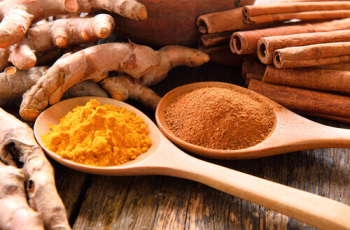
Due to its wide range of applications and low incidence of adverse effects, stinging nettle is a popular choice in the world of natural remedies. It is truly astounding to consider how many conditions can be treated with stinging nettle. In this article, we’ll discuss some of the ways in which it can be utilized so that you can gain a better understanding of its benefits.
Urtica dioica is the scientific name for stinging nettle. This explains why it is prevalent in Europe, Canada, and the United States, as it prefers moist soil. It is important to note that the leaf has some sharp filaments that could irritate your skin, so avoid these areas. It also contains serotonin, a chemical that you may already be familiar with, but more on that later.
1.painkiller
Have you ever returned home with a severe headache after a lengthy day of completing piled-up deadlines? Have you ever left physical education class with tense muscles due to a lack of regular exercise? Or perhaps you’ve been binge-watching your beloved Netflix series for too long and your back ached when you stood up to refill your bowl of popcorn?
A cup of tea could be exactly what you require. A study published in the Journal of Ethnopharmacology revealed that stinging nettle contains natural anesthetic and anti-inflammatory compounds. The minute hairs that cover nettle leaves contain histamine, serotonin, and other compounds that stimulate pain neurons to alleviate pain. You can obtain this benefit by steeping the herb in hot water or by applying it directly to the epidermis surrounding the painful area.




